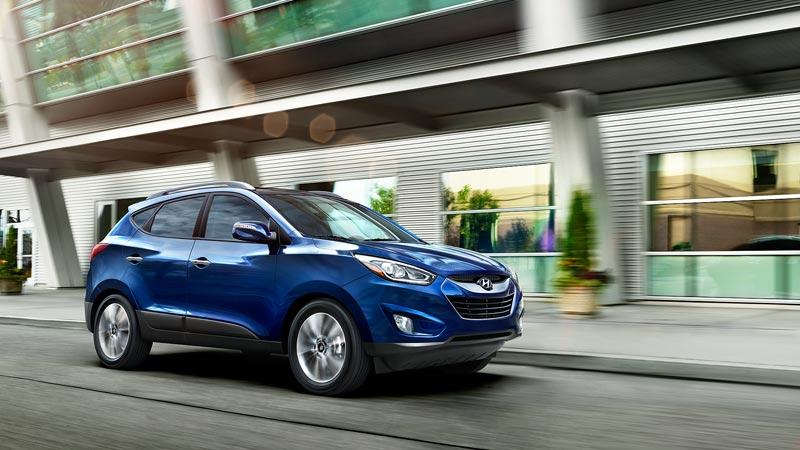
Hyundai and Kia recently pledged to increase their models of more fuel-efficient cars threefold by 2020. The announcement by the South Korean automakers comes on the heels of a massive settlement to which both companies entered into an agreement with the U.S. Environmental Protection Agency (EPA) after they were accused of underestimating greenhouse gas emissions of over a million vehicles. Together the companies will pay $350 million in civil penalties to the U.S. government. A week later, both Kia and Hyundai said they would offer more green cars by the end of this decade.
According to Reuters, both companies will also increase their total of fuel efficient cars to a minimum of 22 cars before 2020. That boost is in part due to investors complaining not only about the huge fine paid to the EPA, but also because of Hyundai’s most recent Genesis and Kia’s Soul offering a lower fuel mileage than previous models.
Both companies have lagged with their hybrid and electric vehicle models compared to their international competitors. The latest Kia Optima Hybrid, for example, has received disappointing reviews for its power train, braking and steering. The EV Soul, which was released in the U.S. for the first time this year, fared better in reviews, but Car and Driver still ranked it behind the Chevy Spark, Volkswagen e-Golf and Ford Focus Electric.
Hyundai’s Sonata Hybrid, meanwhile, also has scored middle-of-the-road reviews. While drivers generally praise the car’s aesthetics, they also note that its competitors’ vehicles in the same class have better gas mileage. The company is hoping to make a splash with its Tucson Fuel Cell, but reviews have also been tepid. Hyundai’s promise of free fuel for the car while it is under lease falls rather flat considering there are only nine stations open to the public in California; and eight of them are in the Los Angeles area.
Both companies have a lot of catching up to do on the EV front. Both Kia and Hyundai have promised to increase the variety of fuel-efficient vehicles to include both smaller automobiles as well as sport utility vehicles. A total of six plug-in hybrid cars are also supposed to be part of both companies’ future models. Five years is not a lot of time to make good on these promises in lieu of this public relations fiasco, and after years of steady growth, the Korean companies’ market share in the U.S. has been flat and even in decline this decade. But considering how far cars from South Korea have come in a generation, don’t be surprised if future models turn heads: After all, gasoline may be cheap now, but hybrids, plug-ins and EVs are not going away anytime soon.
Image credit: Hyundai USA
Leon Kaye is based in California and most recently worked for a renewable energy investment company in the Middle East. Follow him on Instagram and Twitter. Other thoughts of his are on his site, greengopost.com.

Leon Kaye has written for 3p since 2010 and become executive editor in 2018. His previous work includes writing for the Guardian as well as other online and print publications. In addition, he's worked in sales executive roles within technology and financial research companies, as well as for a public relations firm, for which he consulted with one of the globe’s leading sustainability initiatives. Currently living in Central California, he’s traveled to 70-plus countries and has lived and worked in South Korea, the United Arab Emirates and Uruguay.
Leon’s an alum of Fresno State, the University of Maryland, Baltimore County and the University of Southern California's Marshall Business School. He enjoys traveling abroad as well as exploring California’s Central Coast and the Sierra Nevadas.














